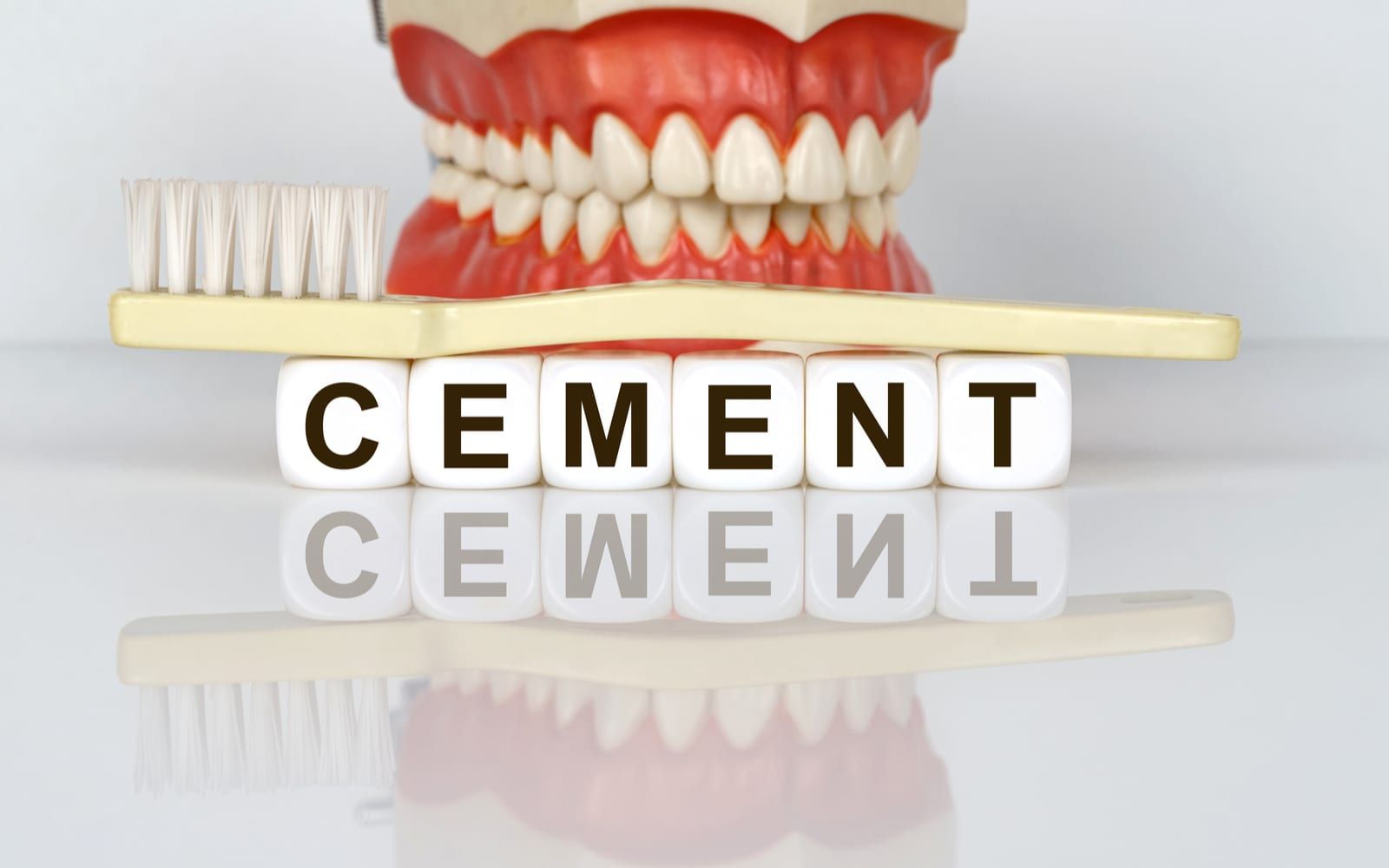+919790726189

This is your website preview.
Currently it only shows your basic business info. Start adding relevant business details such as description, images and products or services to gain your customers attention by using Boost 360 android app / iOS App / web portal.
Biocompatibility of Dental Cements: A Crucial ...

Biocompatibility of Dental Cements: A Crucial Aspect of Modern Dentistry Dental cements play a pivotal role in restorative and prosthetic dentistry. They are used for various purposes, including cementing crowns, bridges, inlays, and onlays, as well as lining cavities or acting as temporary fillings. While their mechanical properties, such as strength and durability, are critical, the biocompatibility of dental cements is equally important to ensure patient safety and comfort. What is Biocompatibility? Biocompatibility refers to the ability of a material to perform its intended function without causing adverse effects to surrounding tissues or the body as a whole. In dentistry, this means that a cement should not provoke inflammation, toxicity, or allergic reactions while maintaining functionality within the oral environment. Why is Biocompatibility Important in Dental Cements? Dental cements come into direct contact with vital tissues such as the pulp and gingiva. Poorly biocompatible materials can lead to: Pulpal Inflammation: Caused by toxic components leaching into the pulp chamber. Gingival Irritation: Resulting in redness, swelling, or bleeding. Delayed Healing: Especially in cases where cements are used post-surgically or in sensitive areas. Factors Influencing Biocompatibility The biocompatibility of dental cements depends on several factors, including: Composition: Certain components, such as eugenol or acidic materials, can cause irritation or toxicity if not properly formulated. Setting Reaction: Some cements release heat or chemicals during setting, which may harm surrounding tissues. pH Level: Highly acidic cements can damage tooth structure and irritate the pulp. Longevity: Long-term exposure to oral fluids and tissues can lead to degradation, releasing potentially harmful by-products. Types of Dental Cements and Their Biocompatibility Zinc Oxide Eugenol (ZOE): Known for its soothing effect on the pulp, ZOE is biocompatible but may inhibit the setting of resin-based materials. Glass Ionomer Cement (GIC): Highly biocompatible, GIC releases fluoride, which promotes remineralization and reduces bacterial activity. Resin-Based Cements: These are strong and durable but may release monomers or initiators that can irritate tissues. Proper polymerization minimizes this risk. Calcium Hydroxide Cements: Ideal for pulp capping, these cements promote healing and dentin formation due to their alkaline nature. Zinc Phosphate Cement: Though durable, its high acidity can cause pulpal irritation unless used with a proper liner. Improving Biocompatibility Advancements in dental materials are continually improving the biocompatibility of cements. Modern formulations are designed to minimize toxic effects, enhance mechanical properties, and ensure longevity. Dentists also take care to follow proper application techniques, such as avoiding overfilling and ensuring complete curing, to reduce potential complications. Conclusion Biocompatibility is a cornerstone of safe and effective dental treatments. When selecting a dental cement, it is crucial to balance mechanical performance with minimal biological risk. Advances in material science continue to make dental cements safer and more reliable, ensuring optimal outcomes for both clinicians and patients. Dental Clinics in West Mambalam Dentists in West Mambalam Dentists in Ashok Nagar Best dentist near me Best Dental Clinics in West Mambalam Oral surgeon in West Mambalam Dental Implants in West Mambalam

